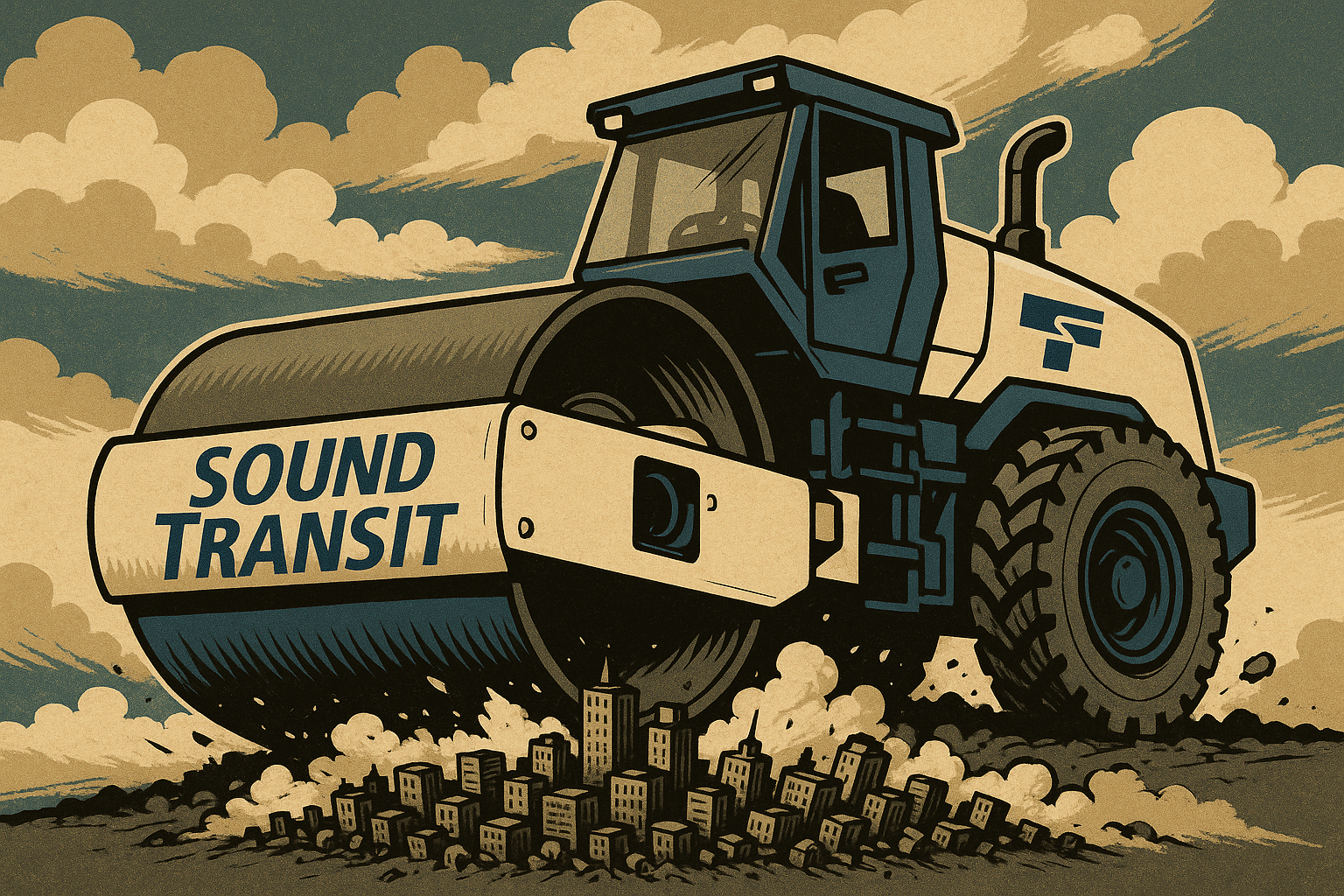Related Articles
Relevant Topics
Data available from INRIX, a traffic data collection company based in Kirkland, reveals that traffic congestion in the Seattle metro area increased 23% year over year for the month of July. In July of 2012, drivers wasted about 2.6 hours sitting in traffic versus 3.2 hours in July this year.
It is clear that drivers’ needs aren’t being met. Reduced driving targets, increased taxes and fees, and reducing general purpose lanes will continue to increase congestion, while drivers pay more. The plan to replace the SR-520 does not include any new general purpose lanes, instead adding HOV and transit lanes along with a 14-foot bike path. The deep bore tunnel replacing the Alaskan Way Viaduct will reduce the number of available lanes from six to four, guaranteeing increased traffic congestion through Seattle.
Plans for Interstate 90 include the removal of two reversible lanes to make room for light rail, reducing speeds and increasing time wasted in traffic.
Over the years, taxes and fees paid by drivers have been diverted to non-road purposes. This is unfair, as drivers have over $50 billion in unmet needs in Washington State. Policymakers would be wise to make congestion relief a funding priority, expand capacity, and fix chokepoints.
The Seattle metro area has the eighth-worst traffic congestion in the nation.



